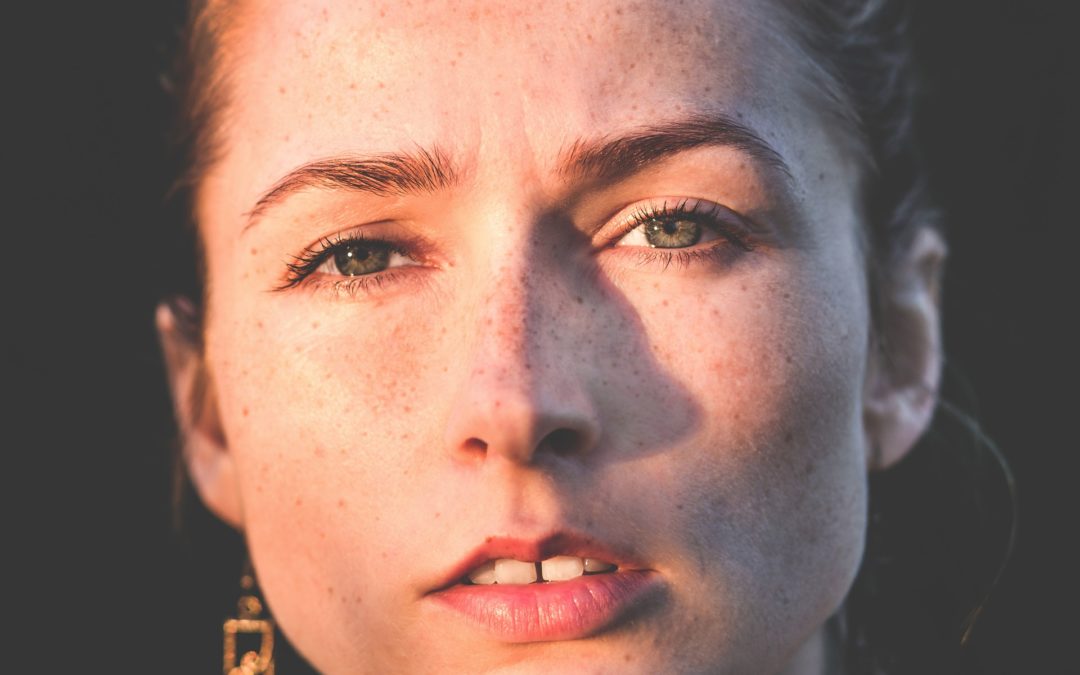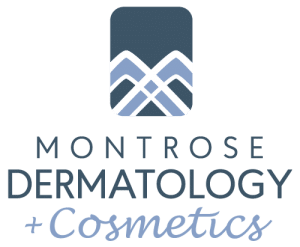Blu Light therapy and BroadBand Light (BBL) are vastly different processes. However, most people don’t know or understand the many differences between the two. Here are a few of the ways they differ:
Blu Light Function
Blu Light is a medical treatment rather than a cosmetic one. It aids in treating the precancer known as Actinic Keratosis (AKs). Not treating AKs in a timely manner could lead to a more serious cancer, so ensure you receive treatment with a board certified dermatologist as soon as possible.
Blu Light Treatment
Blu Light treatment uses low intensity blue light to treat patients. However, it does not completely lack discomfort. While it is low heat, patients often feel burning, stinging, or some similar kind of tingling or prickling sensation. While treating AKs, these feelings are stronger in the beginning of the process and any pain slowly subsides as the procedure continues. Any discomfort may continue up to 24 hours after the treatment.
Some redness or swelling may persist up to 4 weeks after the initial treatment. However, by the end of this time period, any post-procedural issues should be resolved. After the process takes place, avoid direct sunlight. Putting on sunscreen does not count as avoidance. In fact, sunscreens won’t protect your skin from any reactions involving photosensitivity.
BBL Function
Unlike Blu Light, BBL is a phototherapy with cosmetic purposes rather than medical ones. It is meant to treat the appearance of visible sun damage, redness, or aging spots. These spots could appear brown, white, or red and are often seen as burdensome blemishes for several patients.
Montrose Dermatology + Cosmetics uses BBL to treat pigmented lesions such as sun spots, age spots, or freckles, and vascular lesions such as small blood vessels.
BBL Treatment
BroadBand Light (BBL) therapy takes place without damaging surrounding skin. With this technology, a dermatologist can precisely target the problem area(s).
During the procedure process, BBL will slowly and gently heat your skin’s epidermis (the uppermost layer). By heating the target area, your skin is stimulated to increase collagen growth and eliminate unwanted melanin. Therefore, your skin is restored to the point of appearing naturally colored, younger, and smoother.
You may require more than one treatment. However, after each treatment, there may be slight redness lasting for a few hours. And pigmented areas such as age spots may appear darker for some time, but later lighten and flake off. Even better: there is very little downtime associated with this procedure! However, it is important to avoid direct sunlight until you have healed completely.


